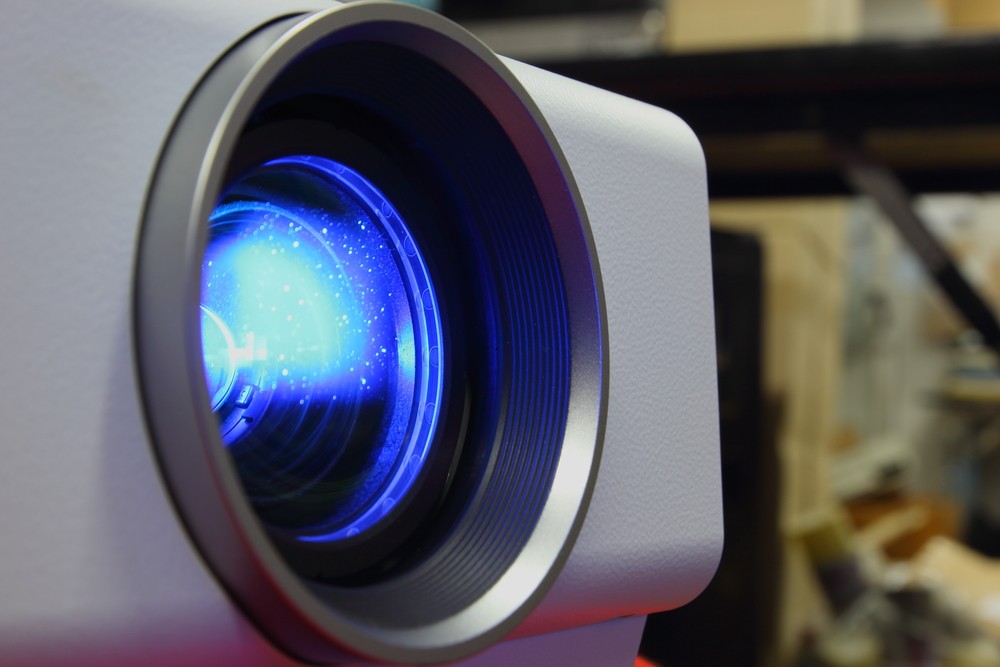When setting up the display system for a home theater, many video enthusiasts face the choice of using a flat panel TV or a projector. Here is a brief overview of flat panel TVs and projectors that can help you understand their differences, advantages, and disadvantages.
- Image size and resolution: A high-definition television has a constant image resolution and size that cannot be changed. Images from projectors can be adjusted to a degree by varying the distance between the projector and the screen.
- Image quality: You can count on the image quality in a flat panel TV to stay consistent. The image from a projector can be affected by the brightness of the light source for projection. If there are problems with the video, they will likely be more noticeable in the larger projection image.
- Space considerations: A flat-panel TV, though much smaller than previous generations of tube-based television sets, will still take up a significant amount of space in any room. Projectors are often mounted on the ceiling or in an out-of-the-way spot where they aren’t obtrusive. Screens for projectors can be rolled up and put away. In cases where the wall of the room is used as the screen, the only space needs are for the projector itself.
- Convenience: Once your flat panel TV is set up, you usually don’t have to do much else to it. Projection systems that use portable screens will need to have the screen set up and taken down each time its used. Image adjustments may also require physically detaching, moving, and resecuring the projector.
- Operating costs and lifespan: You can expect to pay for your flat panel TV once and get around 60,000 hours of use out of it. Projector bulbs can burn out frequently, requiring the investment of hundreds of dollars and the aggravation of changing bulbs.


